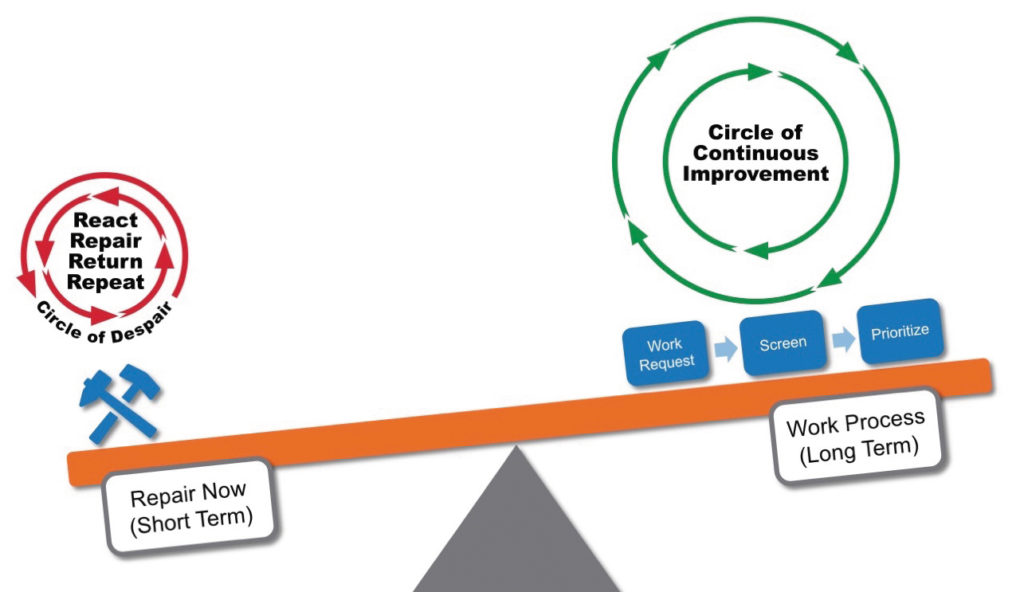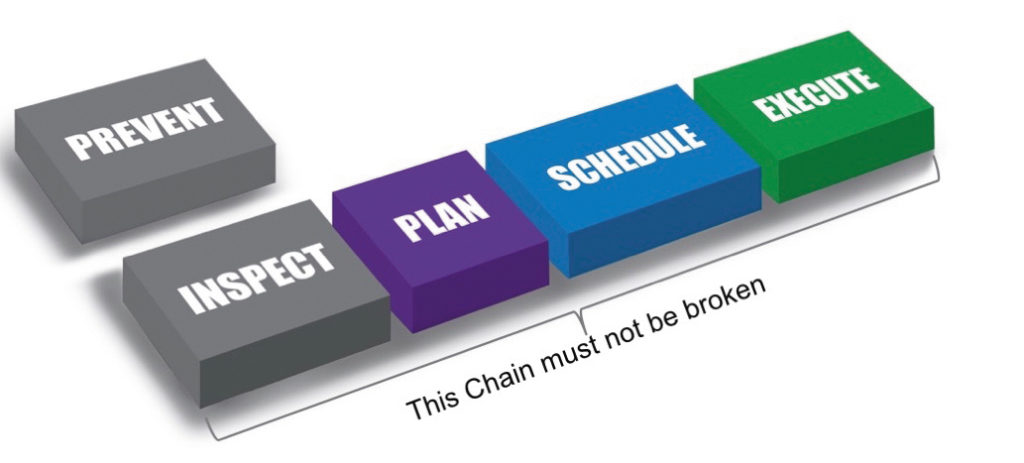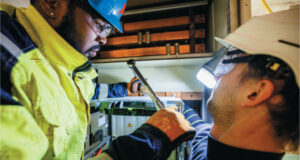TOR IDHAMMAR, IDCON
I recently visited a tissue mill in South America for an assessment. Management had done some really good things in the mill over the past two or three years, but they had not been able to achieve stable reliability performance of their machines. They were hovering around the high 70th percentile for their Overall Equipment Efficiency (OEE).
The business consultant they had been working with had coached them on focusing on “low hanging fruit” and “quick results” in order to get quick financial impacts. This sounds great! We all want the quick fixes with high impact, right? The mill could also show some great pockets of success.

There is nothing wrong with focusing on getting quick results in maintenance, but there is a major problem with ONLY focusing on quick results in maintenance. Let me try to explain what I mean.
Most problematic maintenance organizations are working on taking care of problems that happened today or yesterday. Therefore, there is no time for planning and scheduling of jobs. Repairs are done with poor quality, because often there is no access to the right tools, materials, instructions, drawings, etc. The poor-quality repairs lead to rework down the road, which in turn leads to an even more reactive organization. At IDCON, we call this “the circle of despair” (see Fig. 1).
If R&M personnel in this situation are told to focus on quick results, they often select a few critical pieces of equipment and start to repair known problems. The organization typically adds some overtime and contractors into the organization to work on the known backlog. This approach will provide quick results. That is especially true if we select the most critical equipment and do some basic preventive maintenance (PM) problem-solving at the same time. We use this approach quite often ourselves to show quick results and to show early on that the process works.

However, if we don’t work on improving the basic work processes, the equipment will soon enough return to the state it was in and the mill will be back to square one. This is exactly what was happening at the tissue mill. They improved a little bit, but kept sliding back because they didn’t have a solid work process in place.
What that mill needs—parallel to the quick fixes—is the systemization of a basic work process that includes:
What that mill needs—parallel to the quick fixes—is the systemization of a basic work process that includes:
1.Prevention of failures through, for example, lubrication, operating practices, alignment, precision installation, etc.
2. Work management through inspection—planning—scheduling—execution.
If the mill had worked on some quick fixes at the same time as working on implementing a work process, they would have had a stable OEE, probably in the low 90s range.
Quick results are a great way to instill enthusiasm and energy into reliability projects. However, if they are not combined with the institutionalization of basic work management practices, they will not provide long-term results.
 Paper 360
Paper 360
